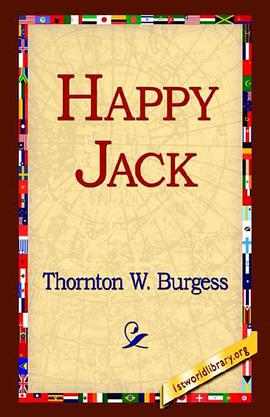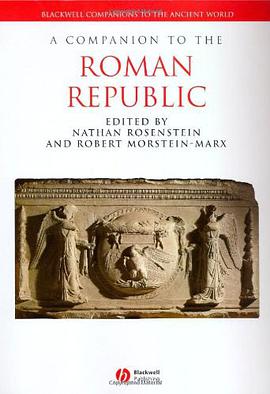

Scholars and Guatemalans have characterized eastern Guatemala as "Ladino" or non-Indian. The Ch'orti' do not exhibit the obvious indigenous markers found among the Mayas of western Guatemala, Chiapas, and the Yucatn Peninsula of Mexico. Few still speak Ch'orti', most no longer wear distinctive dress, and most community organizations have long been abandoned. During the colonial period, the Ch'orti' region was adjacent to relatively vibrant economic regions of Central America that included major trade routes, mines, and dye plantations. In the twentieth century Ch'orti's directly experienced U.S.-backed dictatorships, a 36-year civil war from start to finish, and Christian evangelization campaigns, all while their population has increased exponentially. These have had tremendous impacts on Ch'orti' identities and cultures.From 1991 to 1993, Brent Metz lived in three Ch'orti' Maya-speaking communities, learning the language, conducting household surveys, and interviewing informants. He found Ch'orti's to be ashamed of their indigeneity, and he was fortunate to be present and involved when many Ch'orti's joined the Maya Movement. He has continued to expand his ethnographic research of the Ch'orti' annually ever since and has witnessed how Ch'orti's are reformulating their history and identity.
具体描述
读后感
评分
评分
评分
评分
用户评价
相关图书
本站所有内容均为互联网搜索引擎提供的公开搜索信息,本站不存储任何数据与内容,任何内容与数据均与本站无关,如有需要请联系相关搜索引擎包括但不限于百度,google,bing,sogou 等
© 2025 book.wenda123.org All Rights Reserved. 图书目录大全 版权所有




















